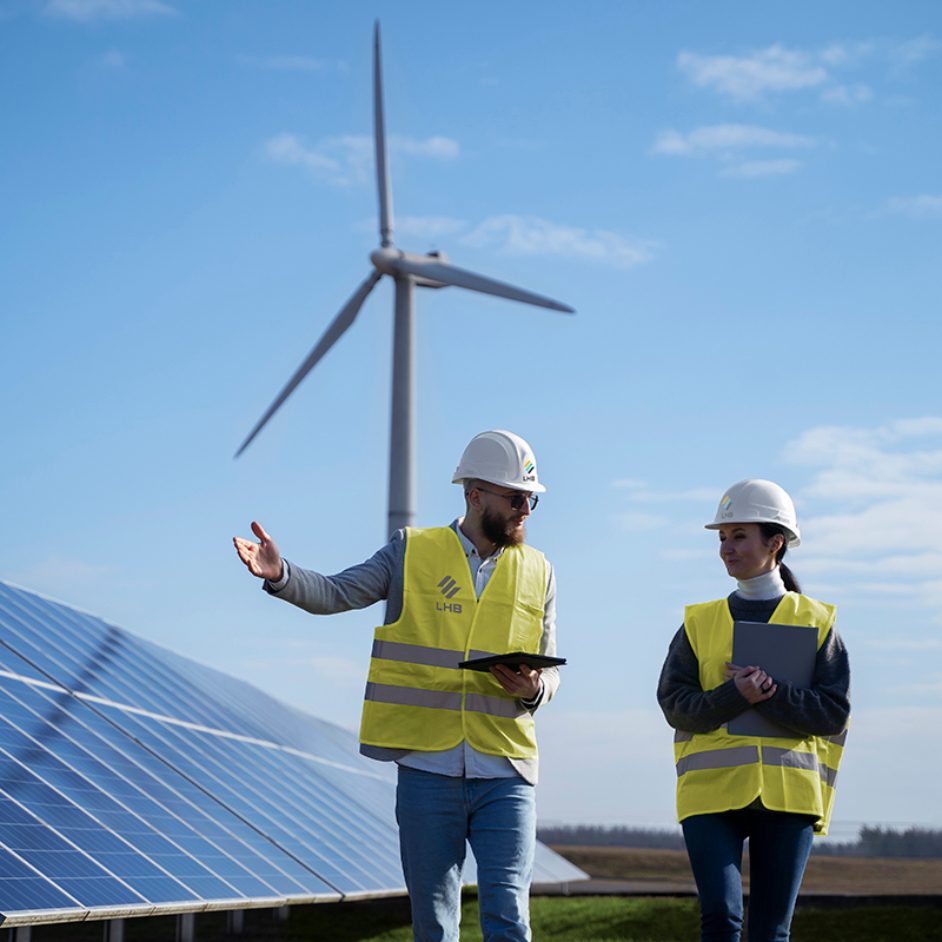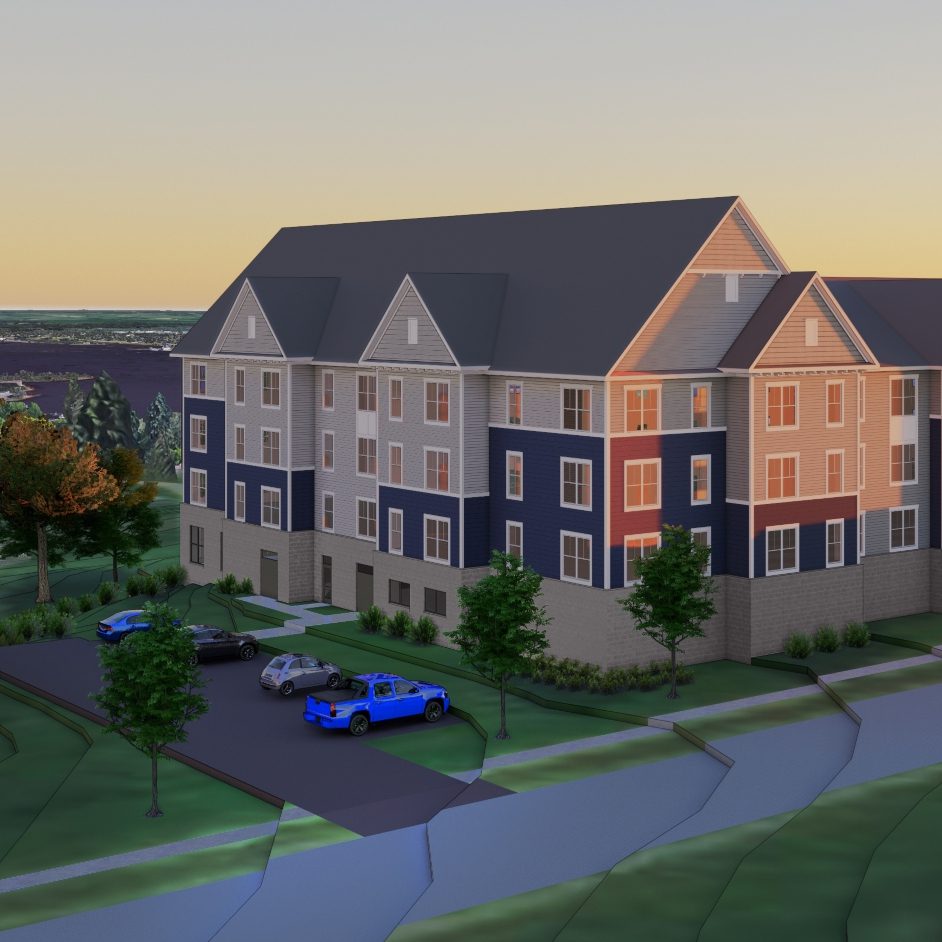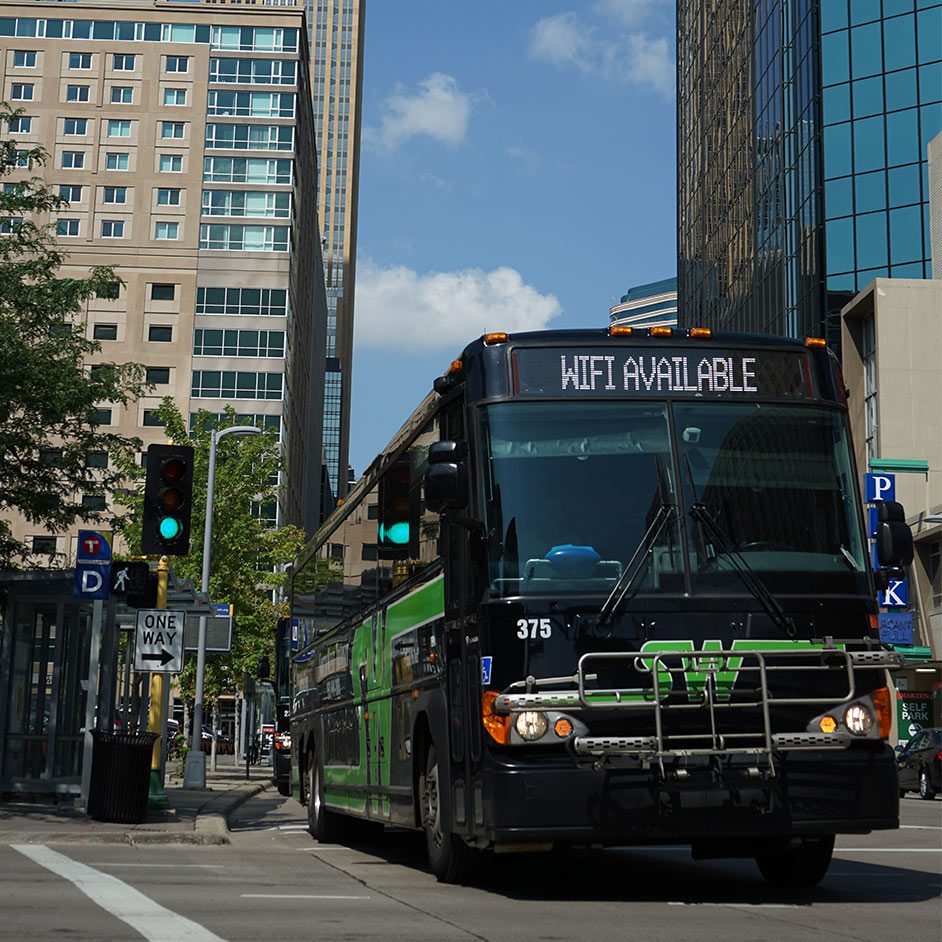
In the early 1990s, Dan Juhl leased the land that would ultimately become Woodstock Wind Farm in southwestern Minnesota. An entrepreneur interested in renewables, Juhl saw the potential to generate energy from the gusts that blew across the Great Plains. He would go on to build Juhl Energy, a wind-power business that pioneered renewables across much of the state.
Back then, Juhl’s wind farm was little more than open prairie. He put up a maintenance shed on the site and bought a small starter wind turbine and some solar panels so he could power his office. “I was surprised to find that wind and solar were very complementary,” Juhl, now retired, recalls. On days when the wind flagged and the turbines stopped turning, the sun always seemed to shine. On cloudy days, when photovoltaics proved insufficient, the wind was usually blowing.

That same concept—small-scale power generation from wind and solar—lies at the heart of Juhl’s latest venture, Hybrid Renewables, which recently hired LHB to assist with the design and permitting of several hybrid power operations across Minnesota. Hybrid Renewables has a goal of building more than 100 hybrid wind/solar projects across the state. Most of the projects would be 5 megawatts or less to simplify permitting and located close to the customers that consume the power in order to reduce the need for transmission infrastructure upgrades.
Juhl says LHB was selected for the work because he wanted a local partner. Brian Santori, engineering principal with LHB’s Energy and Industry business, notes that LHB also offers all the necessary services to complete the work—civil, electrical, and structural—under one roof.
Hybrid Renewables has already identified more than a dozen sites for potential development, and LHB has begun preliminary design for the initial facility near Red Lake Falls in northern Minnesota. The team hopes to wrap up the permitting process with the Midcontinent Independent System Operator, which manages the grid, sometime this spring. Detailed designs will follow in Q2, with groundbreaking in 2024. These designs will serve as a template for future developments.
“We know that expansion of renewable energy is going to be a focus in our industry over the next 10 to 15 years,” Santori says. “So the chance to assist a client, grow our experience in this market, and help Minnesota broaden its clean energy options is a tremendous opportunity.”
Interested in stories about renewables? Check out this Insights post about another LHB solar project.


